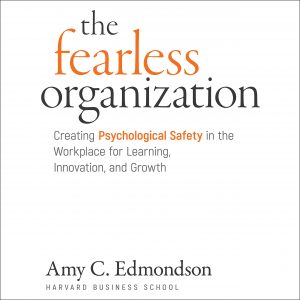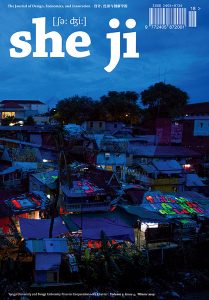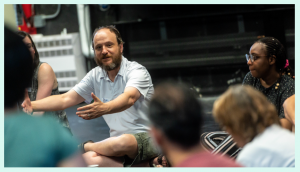Backwards & Forwards
 Backwards & Forwards: A Technical Manual for Reading Plays by David Ball is an intuitive manual not only for those who read plays but for people looking to create their own work in theatre. This book offers a comprehensive guide to creating plot, characters, themes, imagery, and, of course, conflict in plays. Providing a theoretical foundation on how to interact with theatre, Backwards & Forwards has remained the foremost text in play building for nearly the past forty years.
Backwards & Forwards: A Technical Manual for Reading Plays by David Ball is an intuitive manual not only for those who read plays but for people looking to create their own work in theatre. This book offers a comprehensive guide to creating plot, characters, themes, imagery, and, of course, conflict in plays. Providing a theoretical foundation on how to interact with theatre, Backwards & Forwards has remained the foremost text in play building for nearly the past forty years.
The Fearless Organization
 Amy Edmonson’s book The Fearless Organizationaddresses psychological safety in the workplace and the fear of speaking up. This is a specific issue that has surfaced in a number of the units with whom we have worked. This book provides a step-by-step framework for the recurring theme — fear of speaking up — that is worth further exploration in Conflict Theatre. Instead of promoting a culture that encourages “fitting in” and “getting along,” The Fearless Organization offers a new approach to workplace interaction.
Amy Edmonson’s book The Fearless Organizationaddresses psychological safety in the workplace and the fear of speaking up. This is a specific issue that has surfaced in a number of the units with whom we have worked. This book provides a step-by-step framework for the recurring theme — fear of speaking up — that is worth further exploration in Conflict Theatre. Instead of promoting a culture that encourages “fitting in” and “getting along,” The Fearless Organization offers a new approach to workplace interaction.
Understanding is a Design Problem

Dancing with Systems

This paper, Dancing with Systems by Donella Meadows, brings some of the concepts explored in her book into sharp focus. Only around seven pages long, this paper acts as an entry to systems thinking. This more digestible version of Donella’s book on systems addresses how we can all live in a world of systems without being confined by them. In essence, how to dance with systems — not fight with them, not reject them, not conform, but how to explore them on your own terms.
Rehearsing the Revolution!

Tom Scholte’s article on theatre as a reflective social practice draws on David Diamond to show how ways of thinking about conflict have been modelled by different types of theatre for over a century. This paper is a snappy introduction to how Conflict Theatre works in a psychological way through observation and reaction and places it within the larger history of socially engaged theatre.
Resolving Conflict in Nunavut

The same methods of addressing and learning from the discord that Conflict Theatre seeks to facilitate is already being used by Inuit communities in Canada’s north. When anthropologist Jean Briggs visited Baffin Island in Nunavut, Canada, she found that important lessons were being taught to children in informative, rather than punitive, ways.
Within her records from the Inuit community Jean Briggs was visiting, this moment of teaching stood out to us as a similar method to Conflict Theatre — using the same ethos as we do while not being influenced by Augusto Boal at all. When a toddler threw a rock at his mother, instead of reacting in anger she simply asked him to throw it again. This time, she said “Oww, that hurts!” turning the situation into a teaching opportunity.